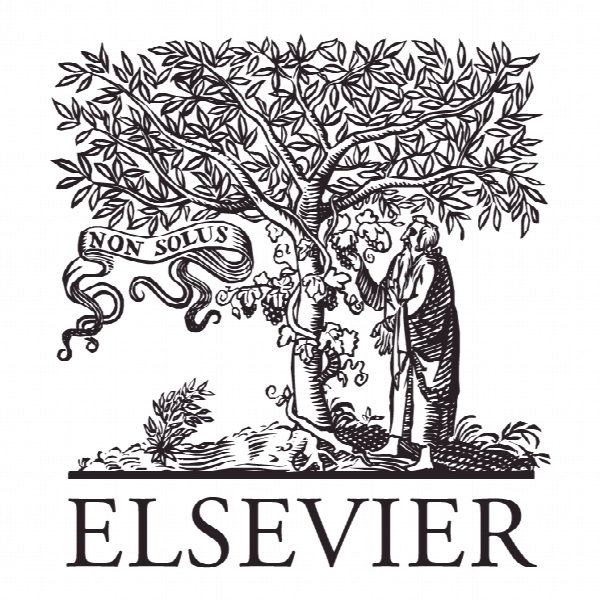تاثیر تکنولوژی اطلاعات مشتری بر قیمت گذاری حسابرسی The impact of client information technology capability on audit pricing
- نوع فایل : کتاب
- زبان : انگلیسی
- ناشر : Elsevier
- چاپ و سال / کشور: 2018
توضیحات
رشته های مرتبط حسابداری
گرایش های مرتبط حسابرسی
مجله بین المللی سیستم های اطلاعات حسابداری – International Journal of Accounting Information Systems
دانشگاه Kent State University – United States
شناسه دیجیتال – doi https://doi.org/10.1016/j.accinf.2018.03.002
منتشر شده در نشریه الزویر
کلمات کلیدی انگلیسی Audit pricing, IT capability, Audit fees
گرایش های مرتبط حسابرسی
مجله بین المللی سیستم های اطلاعات حسابداری – International Journal of Accounting Information Systems
دانشگاه Kent State University – United States
شناسه دیجیتال – doi https://doi.org/10.1016/j.accinf.2018.03.002
منتشر شده در نشریه الزویر
کلمات کلیدی انگلیسی Audit pricing, IT capability, Audit fees
Description
1. Introduction Accounting and information technology (IT) have become inexorably intertwined. Clients and auditors alike seek to leverage “big data” and advanced analytics throughout their operations (PWC, 2015). Accounting information systems are embedded within complex enterprise resource planning (ERP) software. Also, the Securities and Exchange Commission (SEC) requires listed companies to file their financial statements via eXtensible Business Reporting Language (XBRL) (U.S. SEC, 2017). Big 4 audit firms are responding by expanding their IT auditing and consulting practices (Hermanson, 2009). These changes create technological complexities and risk while simultaneously enabling enhanced analytics and controls. As a construct, IT capability reflects a company’s capacity to marshal investments in people, processes and technologies in order to improve business performance (Dehning et al., 2003). Companies with advanced IT capabilities select the investments that best support their strategy from a myriad of potential IT expenditures. Having selected these IT priorities, they can successfully execute related projects and deploy new technologies within their organizations. There is, therefore, reason to believe that increased IT capability may allow for either a more cost-effective audit – stronger controls and internal information systems that support the auditor – or a more expensive audit – increased difficulties involved with auditing more advanced and complex IT systems. Prior research has studied the effect of IT capability on the external audit. This work focused exclusively on the immediate postSarbanes-Oxley Act of 2002 (SOX) period. Masli et al. (2010) suggest that specific IT investments in internal control-monitoring technology reduce the rate of audit fee increase. Also, during the immediate post-SOX period, for the years 2004 through 2007, companies with strong IT capabilities had slightly lower (9.1%) rates of audit fee increase than those without strong IT resources (Chen et al., 2014). We argue, however, that these findings may not extend beyond the immediate post-SOX era when public audit failures (for example, Enron Corporation, WorldCom, Tyco International, Adelphia Communications Corporation) generated severe market and regulatory responses, leading companies to deploy IT resources specifically targeted to addressing audit and internal control risks. Additionally, we are unaware of any research that explores how the client’s IT capability impacts the actual level of audit fees incurred. This paper addresses the gap in prior research by exploring the broader question: How does a client’s IT capability impact audit pricing?


